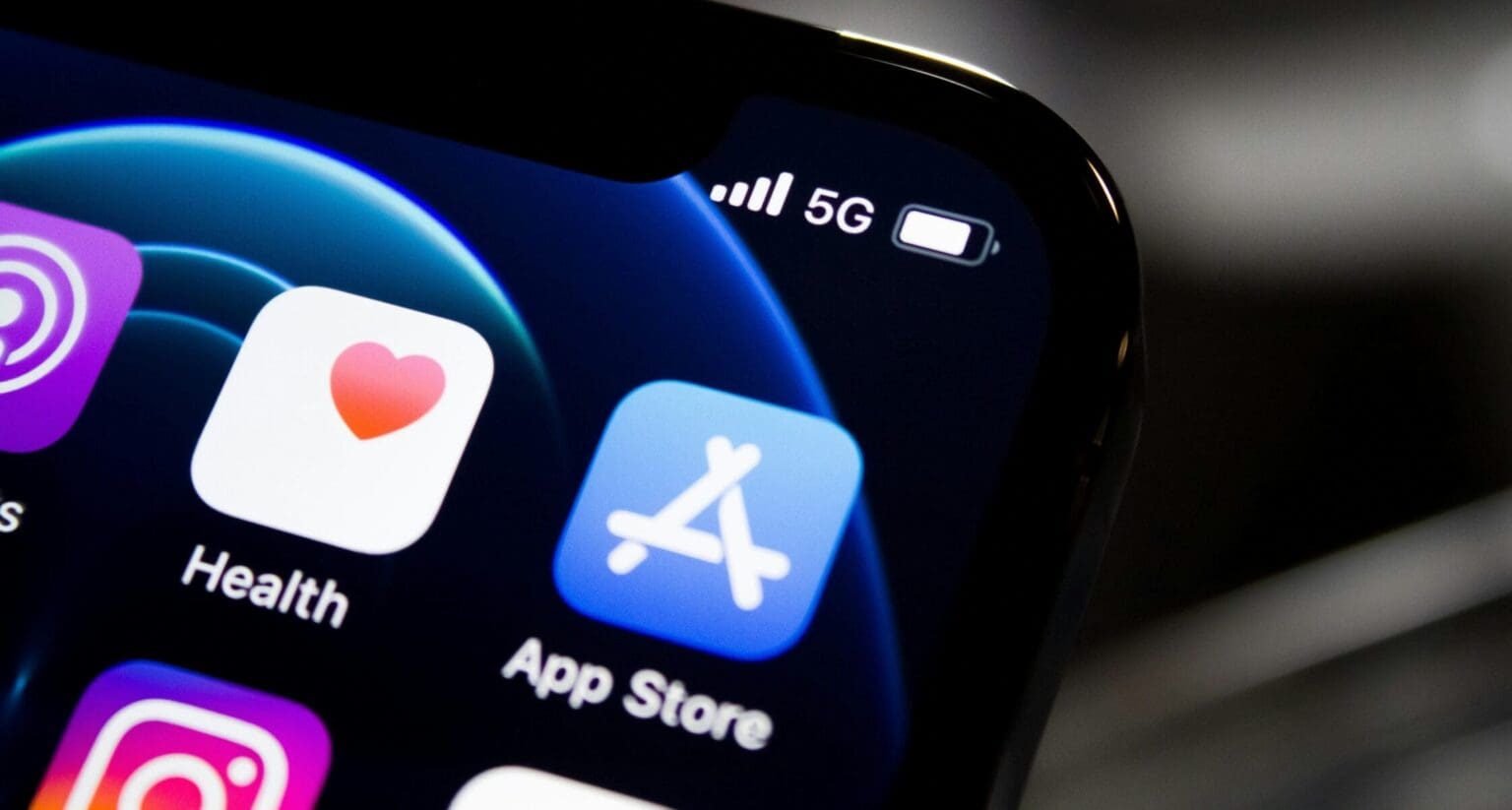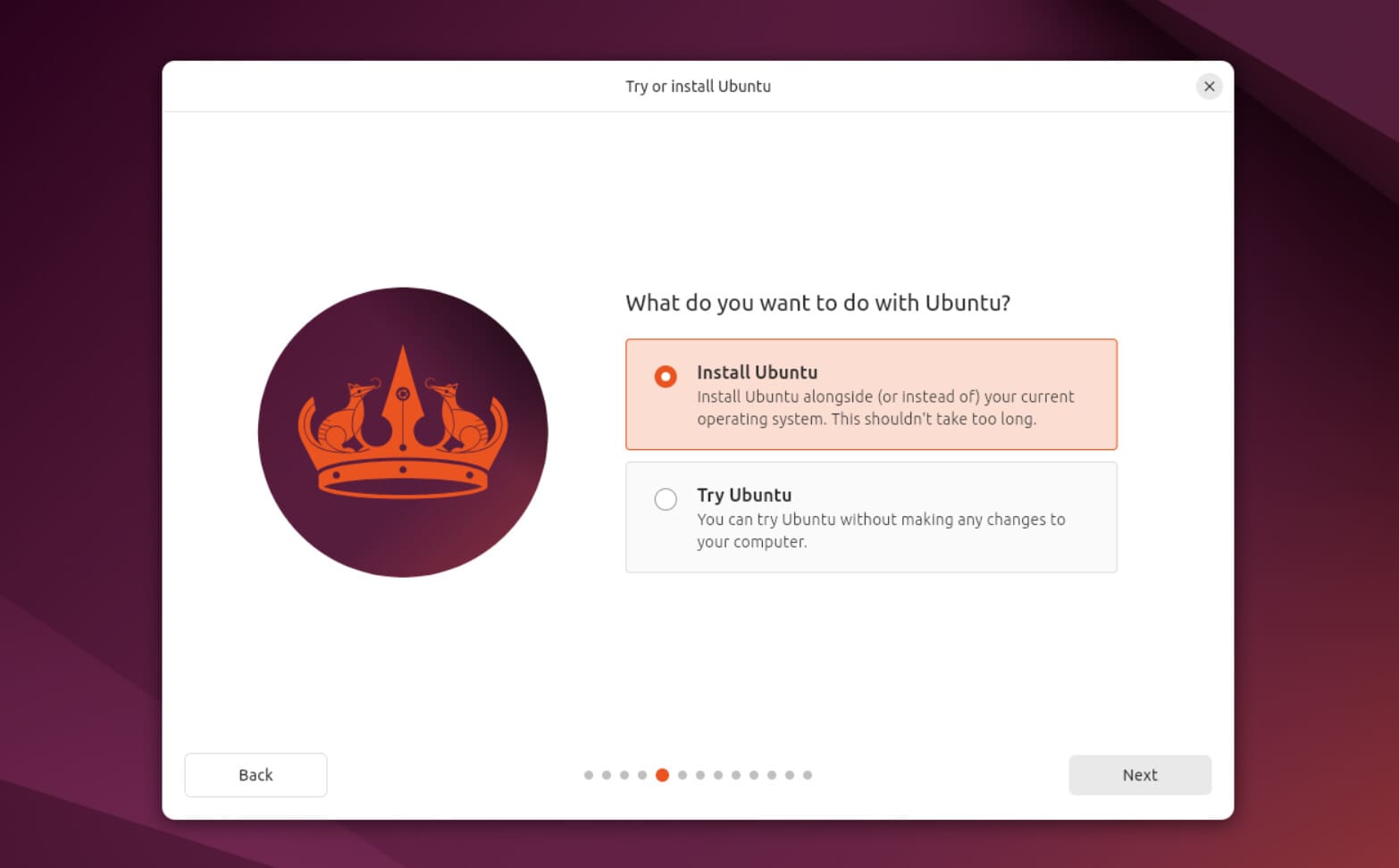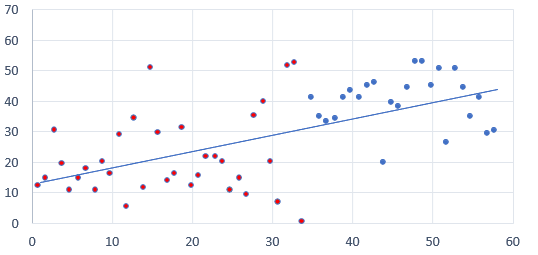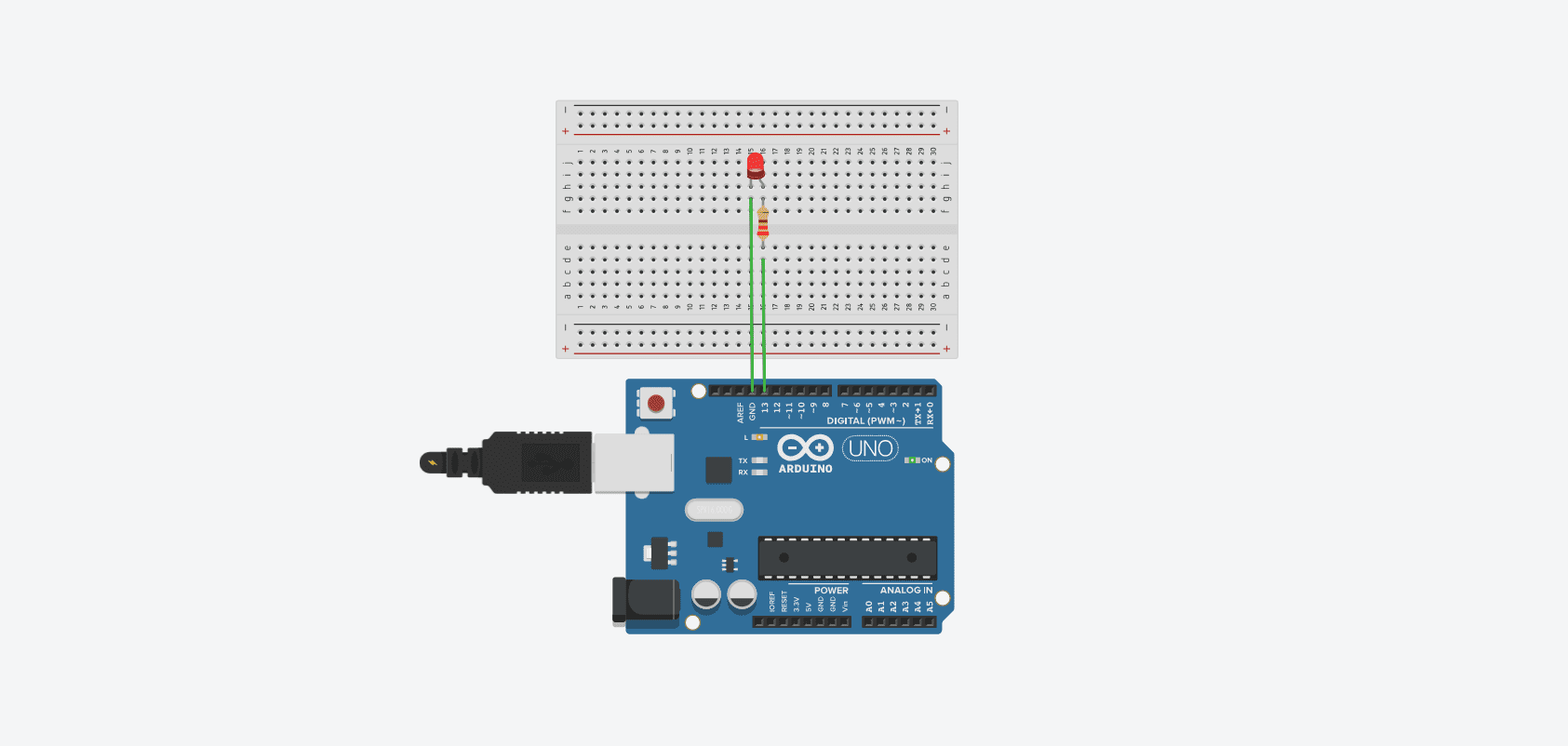One of the key advantages of owning an iPhone or iPad is access to the App Store, Apple’s digital marketplace for applications. With millions of apps available, the App Store allows users to download apps that cater to virtually every need, from productivity tools to social media, games, and utilities. For beginners, navigating the App Store may seem a bit overwhelming at first, but Apple has designed it to be intuitive and user-friendly.
This guide will walk you through the basics of installing apps on iOS, including how to browse and search for apps, manage app updates, and make informed decisions about app downloads. Whether you’re setting up your first iPhone or expanding the functionality of your device with new apps, mastering the App Store is essential for making the most of your iOS experience.
What is the App Store?
The App Store is Apple’s official platform for downloading apps on iPhones, iPads, and other iOS devices. Every app available in the App Store undergoes a thorough vetting process by Apple to ensure security, privacy, and compliance with their guidelines. This makes the App Store a safe and reliable place to find apps for personal or professional use.
From free apps to premium ones, the App Store has a wide range of categories, including productivity, entertainment, education, health, fitness, and more. It also offers in-app purchases, subscriptions, and services like Apple Arcade (a gaming subscription service) and Apple One (bundled subscriptions).
Accessing the App Store
Before you can start downloading apps, you need to know how to access the App Store and understand its layout. The App Store icon comes pre-installed on all iOS devices, typically located on the home screen. It looks like a blue square with a white “A” in the middle.
- Open the App Store: Tap the App Store icon to launch it. You’ll be greeted with a home page that showcases featured apps, trending downloads, app recommendations, and curated collections.
Once inside the App Store, you’ll see a menu bar at the bottom of the screen with several key tabs:
- Today: This tab highlights a curated selection of new releases, app stories, and feature picks. It’s updated daily and often includes app tips, interviews with developers, and themed collections.
- Games: If you’re into mobile gaming, this tab is dedicated to showcasing the latest and most popular games available for iOS.
- Apps: The Apps tab is where you’ll find apps categorized by type, such as Productivity, Education, Entertainment, and more.
- Arcade: This is a subscription-based service offering access to premium games without ads or in-app purchases.
- Search: This tab allows you to search for apps by name, keyword, or category. It’s the most efficient way to find specific apps.
Searching and Browsing for Apps
There are two primary ways to find apps on the App Store: browsing and searching.
Browsing the App Store
If you’re not sure what you’re looking for, browsing through the App Store is a great way to discover new and popular apps.
- Explore Curated Collections: The Today and Apps tabs feature collections of apps curated by Apple’s editorial team. These collections can range from specific themes, like apps for productivity, to broader categories like top-rated free apps or trending downloads.
- Check Categories: Within the Apps tab, you’ll find different categories. Tap on a category, such as Health & Fitness or Education, to view apps specific to that genre. This is especially useful if you’re searching for apps with particular functions, like a fitness tracker or an educational tool for kids.
Searching for Specific Apps
If you know the name of the app you want to install or have a general idea of the kind of app you need, using the Search feature will save you time.
- Using Keywords: Tap the Search tab at the bottom of the App Store and enter a keyword (e.g., “photo editor,” “budget app,” “to-do list”). The App Store will display a list of relevant apps based on your search terms.
- Filter Results: You can filter your search results by selecting different options, like Free, Paid, or Top-rated apps. This helps narrow down the choices and makes it easier to find the app that fits your needs.
When you find an app that interests you, tap its icon to open its detail page. This page contains useful information such as:
- App description: Learn what the app does and how it works.
- Screenshots: Preview what the app looks like and how the interface functions.
- Ratings and reviews: See what other users think of the app and read their feedback.
- Developer information: Learn about the app’s creator and check their other apps.
Installing Free and Paid Apps
Once you’ve found an app you want to install, the next step is to download it to your device. Apps in the App Store are either free, freemium (free with in-app purchases), or paid. Understanding the difference between these options will help you avoid confusion, especially with in-app purchases or subscription models.
Installing Free Apps
Many apps in the App Store are free to download, but some may offer in-app purchases or subscriptions that enhance the app’s functionality.
- How to Download a Free App: Once you’ve selected a free app from the search or browsing results, tap the Get button next to the app’s icon. You may be prompted to use Face ID, Touch ID, or your Apple ID password to confirm the download.
After the app is downloaded, it will appear on your home screen, and you can tap it to open and use it right away.
Installing Paid Apps
Some apps require a one-time purchase or subscription before they can be downloaded. These paid apps will display the price instead of the Get button.
- How to Purchase an App: Tap the price button next to the app’s icon (e.g., $2.99). You will be prompted to confirm the purchase using Face ID, Touch ID, or your Apple ID password.
- In-App Purchases: Many free apps offer in-app purchases, which are optional purchases made within the app for additional features, content, or services. You can always check if an app offers in-app purchases by looking at the detail page under the app name.
It’s important to keep an eye on in-app purchases, especially if your device is shared with others, like children, who may accidentally make purchases. You can manage these settings by going to Settings > Screen Time > Content & Privacy Restrictions > iTunes & App Store Purchases and adjusting purchasing permissions.
Managing Your Apple ID and Payment Information
Before downloading paid apps or making in-app purchases, you’ll need to set up your Apple ID with payment information. Your Apple ID is the account you use to sign in to all Apple services, including the App Store, iCloud, and iTunes.
- Setting Up Payment Information: Go to Settings > [Your Name] > Payment & Shipping. Here, you can add a credit card, debit card, PayPal, or other accepted payment methods. You can also update or remove payment information from this section.
- Managing Subscriptions: Many apps offer recurring subscriptions for premium features. To manage or cancel these subscriptions, go to Settings > [Your Name] > Subscriptions. Here, you’ll see a list of active subscriptions and their renewal dates. You can modify or cancel subscriptions directly from this menu.
Updating, Organizing, and Managing Apps
Once you’ve learned how to install apps from the App Store, the next step is understanding how to manage your app library. This involves keeping your apps up to date, organizing them efficiently, and ensuring they are properly managed for performance and storage. iOS provides several built-in tools to help you manage your apps seamlessly.
Updating Apps on iOS
Keeping your apps updated is crucial for ensuring they run smoothly and securely. App updates often include new features, performance improvements, and critical security patches. Fortunately, iOS makes updating apps easy.
Manual App Updates
If you prefer to manage app updates manually, here’s how you can check for and install available updates:
- Open the App Store and tap your profile icon in the top-right corner.
- Scroll down to see a list of apps with available updates under Upcoming Automatic Updates.
- Tap Update next to individual apps, or select Update All to install all pending updates.
Regularly checking for app updates is a good habit to ensure that you’re always using the latest versions with improved performance and bug fixes.
Enabling Automatic App Updates
To save time and ensure your apps are always up to date, you can enable automatic app updates:
- Go to Settings > App Store.
- Under the Automatic Downloads section, toggle on App Updates.
With this setting enabled, iOS will automatically download and install updates in the background whenever your device is connected to Wi-Fi. You can also allow updates over mobile data by enabling Automatic Downloads in the same menu, but keep in mind that this could use up your data allowance if you’re on a limited plan.
Organizing Apps for Better Accessibility
As you download more apps, your home screen can quickly become cluttered. iOS offers several tools to help you keep your apps organized so you can easily find the ones you use most frequently.
Rearranging Apps
To rearrange app icons on your home screen:
- Press and hold any app icon until the icons start to wiggle. You can now drag an app to a different location on the screen.
- You can also drag apps across screens by moving them to the edges of the display. For example, you might keep work-related apps on one screen and entertainment apps on another.
Once you’ve arranged the apps to your liking, tap Done in the top-right corner (on iPhones with Face ID) or press the Home button (on devices with Touch ID) to stop the icons from wiggling.
Using Folders
Creating folders is an effective way to reduce clutter and organize apps into categories. For instance, you can group all your social media apps together or create folders for productivity tools, games, or fitness apps.
- Creating a Folder: Press and hold an app icon until it wiggles, then drag the app on top of another app you want to group it with. iOS will automatically create a folder containing both apps. You can open the folder and tap the name to rename it (e.g., Social Media, Utilities).
- Adding Apps to Folders: You can add more apps to the folder by dragging them into it. There’s no limit to the number of apps a folder can hold.
Organizing your apps into folders helps you navigate your home screen more efficiently and keeps things neat.
Using the App Library
Introduced in iOS 14, the App Library automatically organizes all your apps into categories, such as Suggestions, Recently Added, and various app genres like Social, Games, and Productivity. You can access the App Library by swiping left past your last home screen page.
- Accessing Apps in the Library: You can open an app directly from the App Library by tapping its icon. To quickly find an app, tap the Search bar at the top of the App Library, where you’ll see an alphabetical list of all your apps.
- Moving Apps to the App Library: If you want to remove an app from your home screen but not delete it entirely, you can move it to the App Library. Press and hold the app icon until the options menu appears, then tap Remove from Home Screen. The app will remain accessible in the App Library.
The App Library is a great way to declutter your home screen while still keeping all your apps organized and easy to find.
Managing App Permissions and Settings
Apps on iOS may request access to various device features like your location, camera, microphone, or contacts. Managing these app permissions ensures that your privacy is protected and that apps only have access to what’s necessary.
Viewing and Adjusting App Permissions
To view and manage the permissions granted to each app:
- Go to Settings > Privacy.
- Here, you’ll see a list of permissions categories, such as Location Services, Contacts, Photos, Camera, and Microphone. Tap on any category to see which apps have requested access to that feature.
- You can toggle permissions for each app on or off. For example, you might allow a navigation app to access your location but deny location access to a game.
This level of control allows you to maintain your privacy while ensuring that apps function properly based on the permissions you’ve granted.
Location Services
One of the most commonly requested permissions is access to your location. Some apps, like Maps or Weather, need your location to provide accurate services, while others may request it for analytics or ads.
- To manage Location Services, go to Settings > Privacy > Location Services.
- You can allow apps to access your location Always, While Using the App, or Never.
- Some apps may also offer a Precise Location toggle. If you don’t want an app to know your exact location, but you still want it to access general location data (e.g., your city), you can disable Precise Location.
Being mindful of how apps use your location helps protect your privacy and can also save battery life, as location tracking can be a drain on your device’s resources.
Notifications
Most apps send notifications to keep you informed about new messages, updates, or features. While notifications are helpful, managing them is essential to avoid unnecessary distractions.
To customize notification settings:
- Go to Settings > Notifications.
- You’ll see a list of all your apps. Tap on an app to adjust how it delivers notifications. You can choose to allow or block notifications, change the alert style (banners, alerts, or badges), and decide whether notifications should appear on the lock screen.
By customizing notifications, you can ensure that only important alerts come through, helping you stay focused and minimizing interruptions.
Offloading and Deleting Apps
As you download more apps, storage space can become an issue, especially if you have a device with limited capacity. iOS provides tools to help you free up space without losing important data.
Offloading Unused Apps
Offloading an app removes the app itself from your device while keeping its data and documents intact. This is useful if you want to free up space but may need the app later.
- To offload apps, go to Settings > General > iPhone Storage (or iPad Storage).
- Scroll through the list of installed apps and tap the one you want to offload, then tap Offload App.
When you reinstall the app from the App Store, it will still have all your data and settings preserved, so you can pick up right where you left off.
You can also enable Offload Unused Apps in Settings > App Store, which automatically offloads apps that haven’t been used for a while when storage space is low.
Deleting Apps
If you no longer need an app and want to remove it completely:
- Press and hold the app icon on the home screen until it wiggles, then tap the Remove App icon.
- Select Delete App to permanently remove it from your device.
Alternatively, you can delete apps from the iPhone Storage menu in Settings, where you’ll also see how much space each app is using.
Troubleshooting App Issues and Managing Subscriptions
As you become more experienced with managing apps on iOS, you may encounter issues such as app crashes, freezing, or unexpected behavior. In this section, we’ll cover how to troubleshoot common app problems, manage subscriptions, and enhance your overall app experience. Additionally, you’ll learn how to secure your apps and device to maintain smooth performance.
Troubleshooting Common App Issues
While iOS is generally stable, app-related issues can occasionally arise. Here are some common problems and solutions to help you resolve app issues quickly.
Force Closing an App
If an app becomes unresponsive or starts acting abnormally, force-closing and reopening it can often resolve the issue.
- On iPhones with Face ID: Swipe up from the bottom of the screen and pause in the middle to open the App Switcher. Find the app that’s causing problems, and swipe up on its preview to close it.
- On iPhones with a Home button: Double-press the Home button to access the App Switcher, then swipe up on the app to close it.
After closing the app, reopen it from your home screen to see if the issue has been resolved.
Restarting Your Device
If force-closing the app doesn’t work, the next step is to restart your device. Restarting can clear temporary glitches and refresh system resources.
- For iPhones with Face ID: Press and hold the Side button and either Volume button until the Power Off slider appears. Slide to turn off the device, wait a few seconds, and then press the Side button again to turn it back on.
- For iPhones with a Home button: Press and hold the Power button until the Power Off slider appears, then follow the same steps as above.
Restarting your device can often resolve more persistent app issues.
Reinstalling the App
If an app continues to crash or misbehave, uninstalling and reinstalling it may fix the problem. When you delete an app, you’ll lose its local data unless it’s backed up to iCloud or the app’s own cloud storage.
- Delete the app by pressing and holding its icon, then selecting Remove App > Delete App.
- Reinstall the app from the App Store by searching for it and tapping the download icon.
This can resolve any corrupt files or settings that might have caused the app to malfunction.
Checking for App Updates
App developers regularly release updates to fix bugs, add new features, and improve performance. If you’re experiencing issues with an app, check if there’s an update available.
- Go to the App Store, tap your profile icon, and scroll down to view pending updates.
- Tap Update next to the app that’s causing problems, or tap Update All if multiple apps have updates.
Keeping your apps updated can prevent many issues from occurring in the first place.
Resetting Network Settings
If apps that rely on the internet (e.g., social media, messaging, or streaming apps) are having trouble connecting, resetting your network settings may help.
- Go to Settings > General > Reset > Reset Network Settings.
- This will erase all saved Wi-Fi networks and passwords, so you’ll need to reconnect to your Wi-Fi networks afterward.
This option can resolve problems related to network connectivity that may be affecting your apps.
Managing Subscriptions in the App Store
Many apps offer premium features through subscriptions, including entertainment services like Netflix, productivity tools, and cloud storage options. Managing these subscriptions ensures that you have control over your spending and know which services are renewing automatically.
Viewing and Cancelling Subscriptions
To view and manage your active subscriptions:
- Go to Settings > Tap your name at the top > Subscriptions.
- You’ll see a list of all your active and expired subscriptions. Tap any subscription to view details, including the renewal date and options for managing or canceling it.
If you no longer need a subscription, you can cancel it by tapping Cancel Subscription. The subscription will remain active until the next billing cycle, so you can continue using the service until the current period ends.
Re-subscribing to Services
If you’ve canceled a subscription but want to re-subscribe, you can easily do so from the Subscriptions page. Simply tap the service you want to re-enable and choose a subscription plan.
Apple also offers Apple One, a subscription bundle that includes services like Apple Music, Apple TV+, Apple Arcade, and iCloud storage at a discounted rate. If you use multiple Apple services, subscribing to Apple One can save you money and streamline your subscriptions into one monthly payment.
Enhancing Security and Privacy in the App Store
iOS is known for its strong emphasis on privacy and security, and Apple provides several built-in features to help you protect your data when using apps. Here are some key tips for enhancing app security.
App Store and iOS Security
Apple carefully vets all apps before they’re allowed into the App Store, ensuring that each app complies with strict privacy and security guidelines. This reduces the risk of downloading malicious software.
However, it’s still important to be cautious:
- Check App Reviews: Before downloading an unfamiliar app, read reviews from other users to ensure that the app performs well and doesn’t have significant issues.
- Avoid Third-Party App Stores: Only download apps from Apple’s official App Store. Third-party app stores or downloading apps from unverified sources can expose your device to security risks.
Protecting Your Data with App Permissions
We previously discussed how to manage app permissions, but it’s worth emphasizing that limiting access to your sensitive data can greatly enhance your privacy. Regularly reviewing permissions in Settings > Privacy is a good habit to ensure that apps only have access to what they need.
If you notice an app requesting more data than necessary (e.g., a flashlight app asking for your location), it may be worth reconsidering whether you trust that app.
Securing Purchases and In-App Transactions
If you share your device with others, such as family members or children, it’s important to secure in-app purchases and App Store transactions to avoid unauthorized purchases.
- Go to Settings > Screen Time > Content & Privacy Restrictions > iTunes & App Store Purchases.
- Here, you can require a password or Face ID/Touch ID for every purchase, ensuring that no one can make accidental or unauthorized purchases on your device.
Additionally, if your child uses your iPhone or iPad, consider enabling Ask to Buy under Family Sharing, which requires your approval for any purchases they attempt to make.
Offloading Apps to Save Storage
Running low on storage can affect the performance of your device, especially if you have many apps installed. iOS offers a feature called Offload Unused Apps to help you automatically remove apps that you haven’t used in a while, while preserving their data.
- Go to Settings > App Store and toggle on Offload Unused Apps.
When enabled, iOS will automatically remove unused apps when your device is low on storage. The app icon will remain on your home screen, and if you want to reinstall the app later, simply tap the icon, and it will download from the App Store while preserving your data.
This is a convenient way to free up space without losing important information, especially if you have a large collection of apps.
Monitoring App Usage with Screen Time
Screen Time is a useful iOS feature that tracks your device usage and provides insights into how much time you spend on different apps. It’s a great tool for monitoring app usage, setting limits, and maintaining healthy digital habits.
To access Screen Time:
- Go to Settings > Screen Time.
- You’ll see a breakdown of your app usage, categorized by Social Networking, Entertainment, Productivity, and more. You can also set app usage limits, schedule Downtime (which blocks access to apps during certain hours), and monitor your device usage trends over time.
For parents, Screen Time also offers Parental Controls, which allow you to manage your child’s app usage and set limits on specific apps or categories.
Conclusion
In this final section, we’ve covered essential tips for troubleshooting common app issues, managing subscriptions, and ensuring your apps remain secure and private. By mastering these tools, you can enhance your overall experience with iOS, ensuring that your device runs smoothly and efficiently. From updating apps and managing permissions to offloading unused apps and monitoring usage with Screen Time, these advanced techniques will help you get the most out of your iPhone or iPad.
With these basics and advanced tips in mind, you’re now well-equipped to navigate the App Store, manage your apps effectively, and troubleshoot any issues that may arise. The App Store offers a world of possibilities, and knowing how to make the most of it will ensure you can tailor your iOS device to your personal and professional needs.








